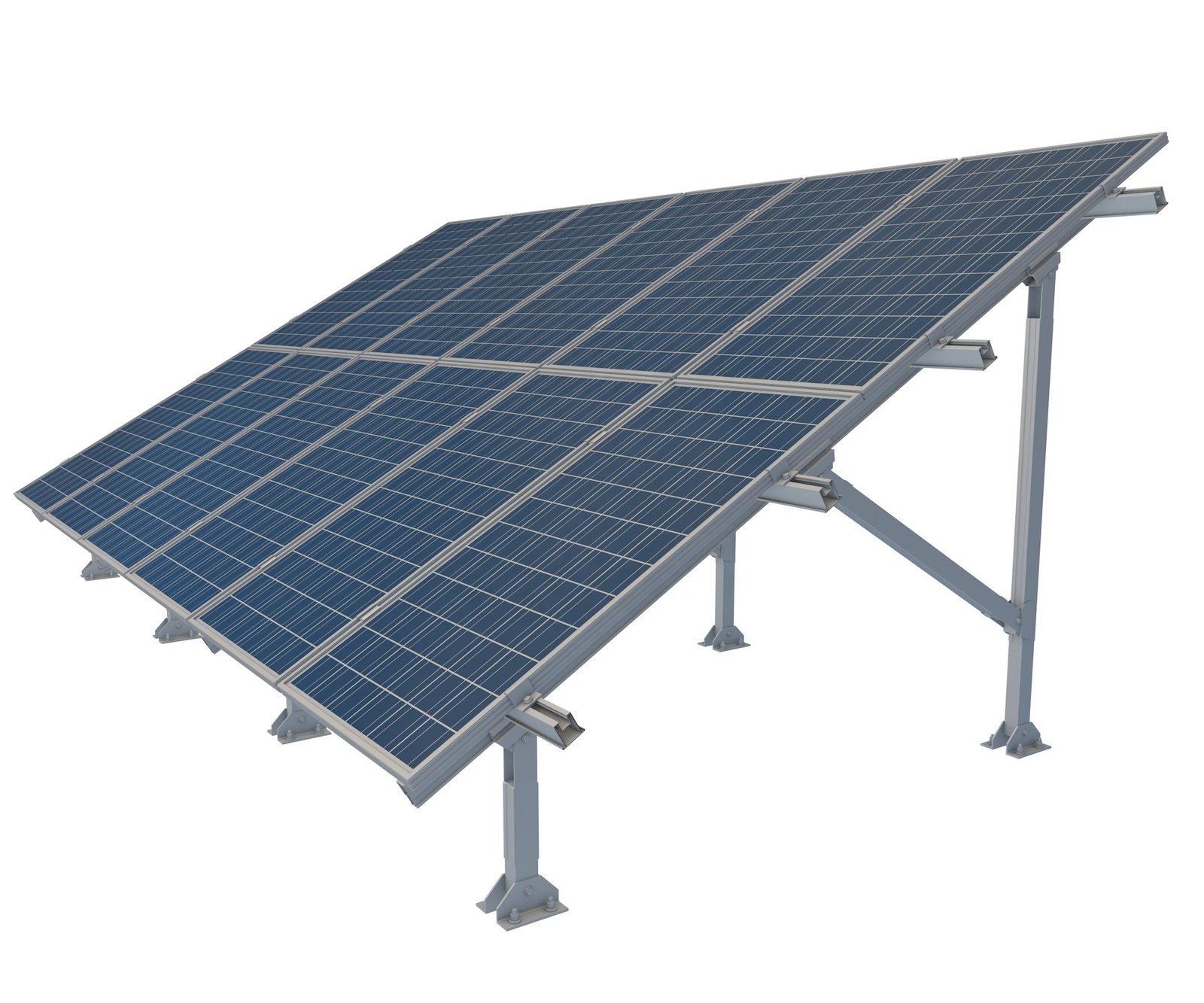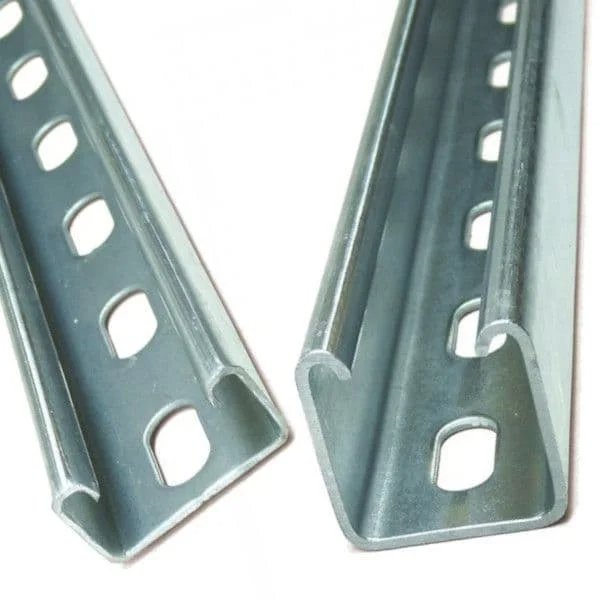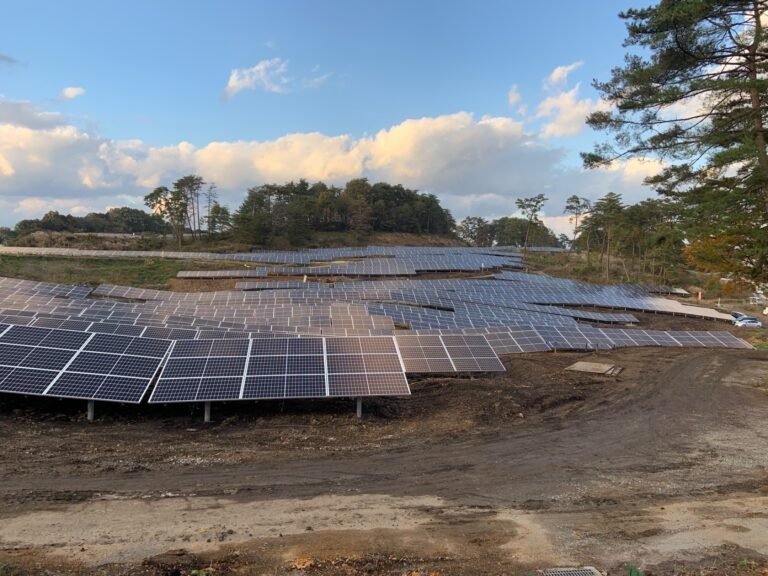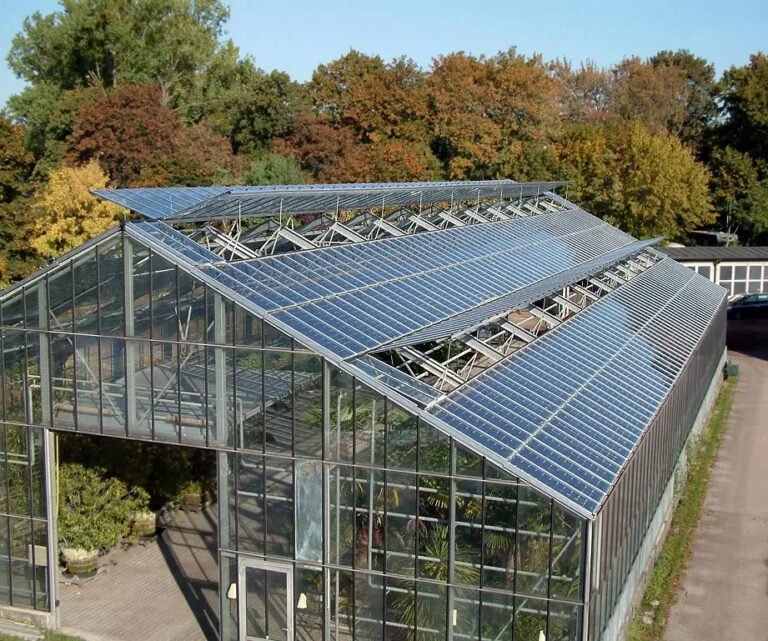-
2103 Zimmer NO.322 Xinggang One Road,Haicang District,Xiamen Fujian,China

What Is a Solar Mounting System? A Complete Guide to Types and Features
When starting a solar power project, a critical component is the solar mounting system—the structure that supports your solar panels.
This article explains the different types of solar mounting systems, their foundations, materials, and where each is best used. Whether you’re planning a new installation or looking to optimize your design, understanding these systems is essential.
Table of Contents
- What Is a Solar Mounting System?
- Types of Solar Mounting Foundations
- Material Characteristics
- Ground-Mounted Structure Types
- How Height Affects Performance
- Choose the Right Mount for Your Region
What Is a Solar Mounting System?
A solar mounting system is the structural base that holds solar panels in place. It’s engineered to match local conditions—such as ground strength, sunlight angle, and regional hazards like typhoons or heavy snow.
Without the right mounting system, solar panel performance and durability can be compromised.
Types of Solar Mounting Foundations
Concrete Foundation
A concrete foundation strengthens the mounting base. It includes three main types:
- Block Foundation (置き基礎): Concrete blocks are embedded underground. Offers stability but incurs digging costs.
👉 Learn more: Concrete Block Foundation - Strip Foundation (布基礎): Blocks are connected in a row, increasing strength and cost.
- Mat Foundation (ベタ基礎): A single, connected concrete surface. Highest cost, but offers top stability.

Pile Foundation
Pile foundations use poles or screws embedded in the ground. Key types include:
- Steel Pipe Pile (単管杭): Simple and cost-effective, but low in wind resistance.
- Standard Screw Pile: Requires dedicated machinery. Stability depends on soil hardness.
👉 Explore: Solar Ground Screw - Large-Flange Screw Pile (大羽スクリュー杭): Bigger blades offer stronger grip in soft soil.
- C-Type Steel Pile: Inexpensive and easy to install, but weaker against vertical force.
👉 View product: C-Steel Ground Mount – Screw Pile
Material Characteristics
Different materials offer varying performance:
| Material | Characteristics |
|---|---|
| Stainless Steel | Rust-resistant and durable but heavy and costly |
| Aluminum | Lightweight and rustproof, but lower strength unless specially shaped |
| Galvanized Steel | Strong and corrosion-resistant (if coated), but heavy and expensive |
📌 Explore options:

Ground-Mounted Structure Types
Metal Roof Structures
Used on trapezoidal or standing seam roofs. Types include:
- Flat (平置き): Simple and cost-effective.
- Tilted (傾斜型): Increases sunlight exposure but costs more.
👉 Browse: Metal Roof Mounting System
🔎 Related reading: How to Set Tilt Angles for Solar Mounting
Flat Roof Structures (陸屋根)
Flat roof installations are common on commercial buildings. These use ballasted or fixed aluminum mounts to reduce roof load.
👉 See: HDPE Plastic Ballasted System for Flat Roof
Solar Carport Structures
These mounts are installed on carport roofs, ideal for dual-purpose space:
- Power vehicles via EV charging
- Offset facility power costs
📌 Popular options:
Agricultural Solar Structures
Solar sharing systems allow farming and solar generation together. High-clearance poles (5–6m apart) leave space for equipment and sunlight.
👉 Learn more: Landwirtschaftliches Ackerland Solarmontagesystem
How Height Affects Performance
Solar panel height affects:
- Snow resistance: Too low and panels may be buried.
- Shading: Tall grass or nearby objects can block sunlight.
📌 Suggested minimum height:
- 50 cm in general
- 100 cm in snowy areas
🔎 For tilt and elevation guidance: Tilt & Height Factors for Mounting Systems
Choose the Right Mount for Your Region
Each project has unique conditions:
- Soil condition: Affects pile vs. concrete foundation choice
- Snow load / wind zones: Impact material and height decisions
- Use case: Ground, roof, agriculture, or EV charging
For open land installations, the most common types are:
Need Help Choosing?
At Firstsolar, we offer a wide range of high-performance mounting systems tailored for various terrains and project types.
📩 Unsure which system fits your site? Contact us today for a free consultation.








